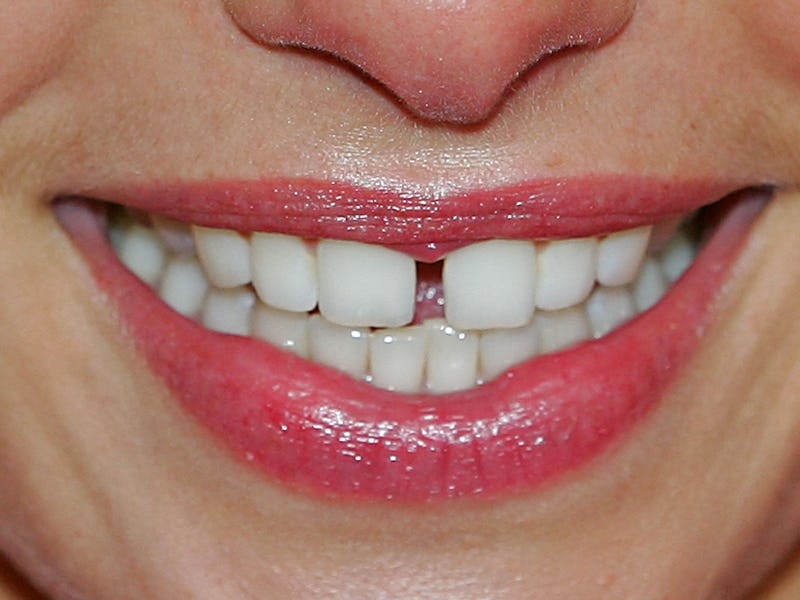Your Teeth Hold the Secret to Super Strong Computer Chips
And your teeth are pretty much the same at a Tyrannosaurus rex's to boot.

Your pearly whites are good for more than just chewing food or flashing a smile. The enamel that covers your teeth — enamel that’s pretty much unchanged since the time of the dinosaurs — is incredibly strong and doesn’t crack when subject to constant vibrations. Now, engineers have created a new material inspired by teeth that could help prevent computer chips in airplanes and other rough places from breaking down.
Computer chips are rigid by design, and pretty much all rigid things grow increasingly likely to crack as they’re constantly jostled around over the years. Chemical engineers at the University of Michigan wondered if there was something in the natural world that might be tougher than the current materials we’re using. Professor Nicholas Kotov was first inspired by a cuttlefish bone (actually a hard internal shell within the cephalopod), but further study found that teeth were even better equipped for the job, and they always have been.
Kotov and his team looked at human teeth (his own wisdom teeth, in fact), but they also examined walrus tusks, sea urchins, and even Tyrannosaurus rex teeth. The basic structure of the enamel remained the same even across different species and millions of years.
“This is opposite to what’s happening with every other tissue in the process of evolution,” Kotov said. “Their structures diversified tremendously but not the structure of enamel.”
The key to enamel’s strength is its design. The enamel is made out of layers of columns of ceramic crystals. The space between these strong columns is filled with a matrix of proteins that acts like a much softer polymer. When the enamel is under stress, either through vibrations or other impacts, the columns create lots of friction as they rub against the proteins. This significantly dissipates destructive energy that, if more focused, could easily crack the enamel.
An electron microscope image of the enamel of a Tyrannosaurus rex tooth.
Kotov and his team started playing Franken-dentist and set about making artificial enamel. They grew zinc oxide nanowires and then melted a polymer over them to fill in the gaps. This first layer was almost impossibly thin, and it took more 40 layers to even make it so their faux enamel was even one thousandth of a millimeter thick. Adding more and more layers, though also reduced the chances that there were any gaps between the polymer and the nanowires, which could’ve undermined the stability fo the entire structure.
Computer modeling showed that their enamel was plenty resilient. Kotov hopes that they’ll be able to find a way to automate the process of making it and start applying it to flight computers and other high-stress electronic environments.
“Artificial enamel is better than solid commercial and experimental materials that are aimed at the same vibration damping,” Kotov said. “It’s lighter, more effective and, perhaps, less expensive.”
Even though the synthetic enamel offers tremendous protections against vibration and other types of wear and tear, it’s still based on your teeth. Meaning, presumably, that putting a computer chip in a glass of Coca-Cola would still be pretty bad for it.